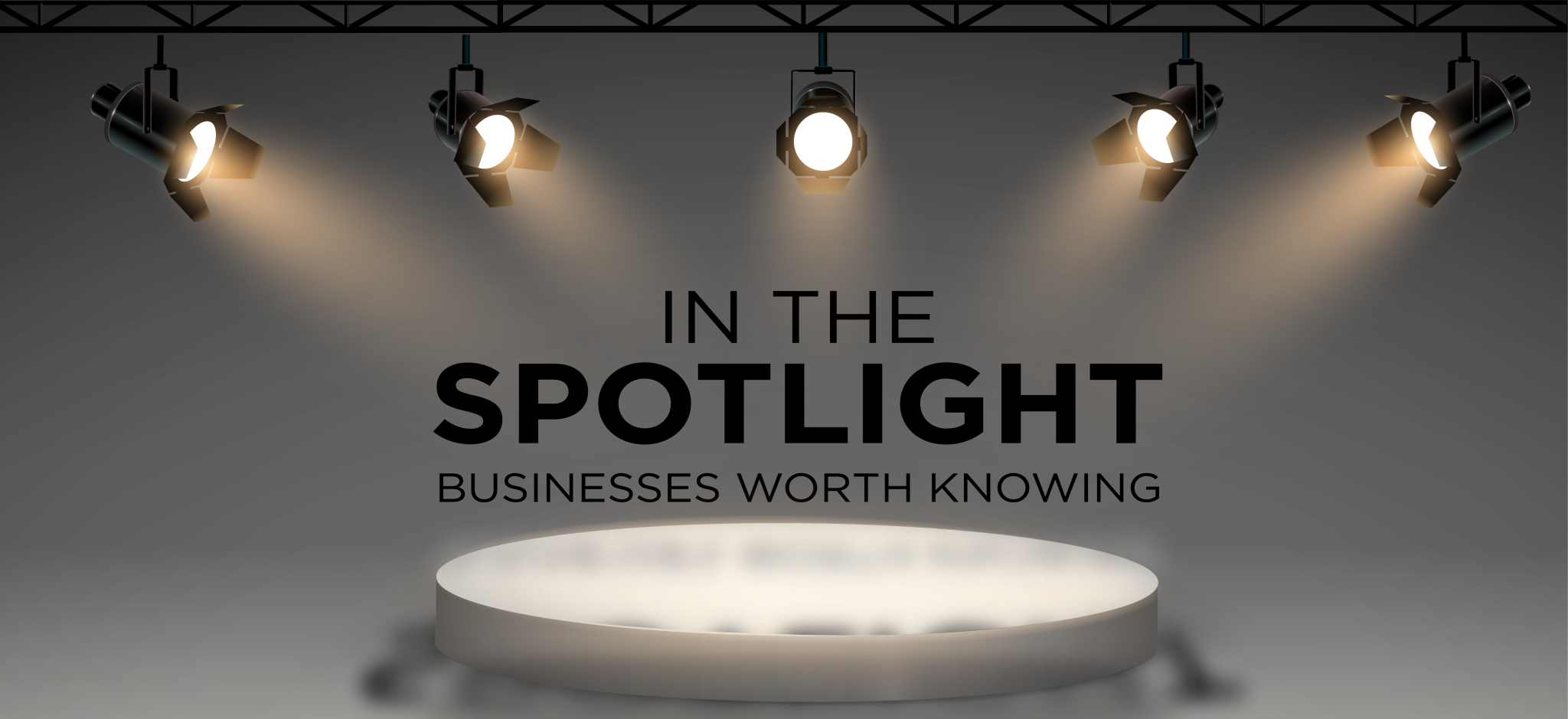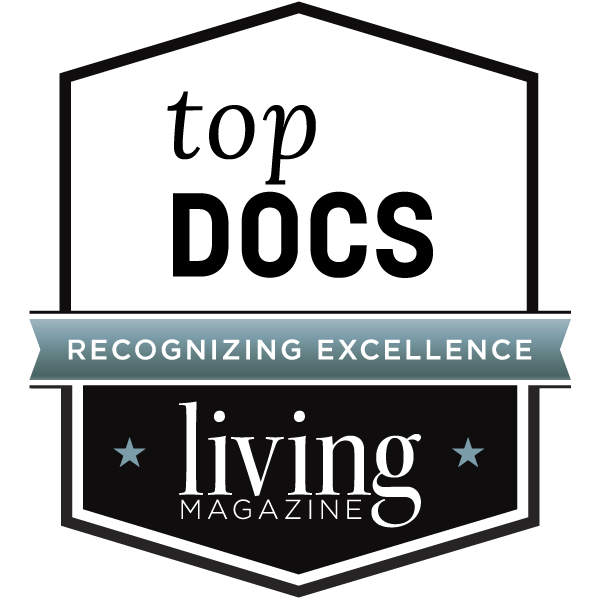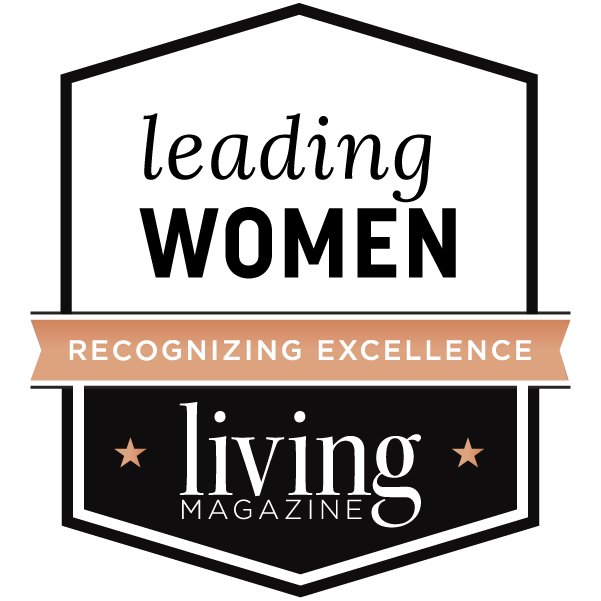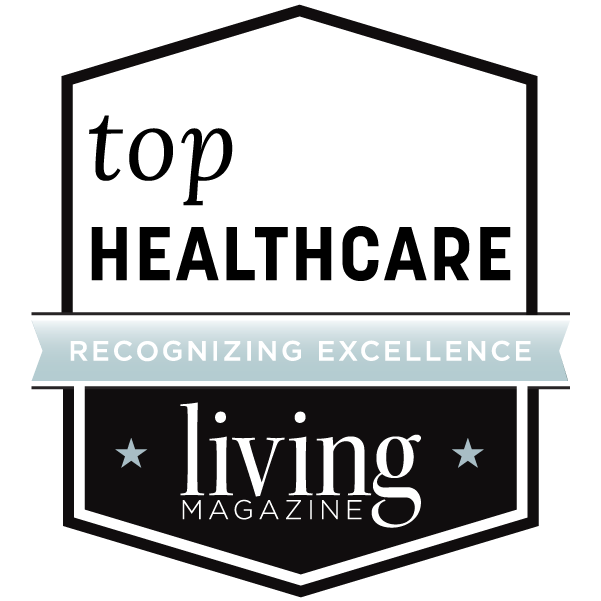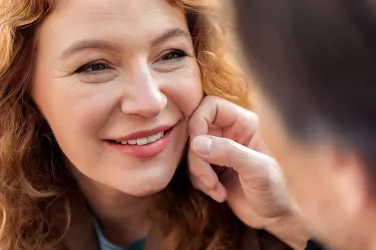What you can do to achieve a clearer complexion
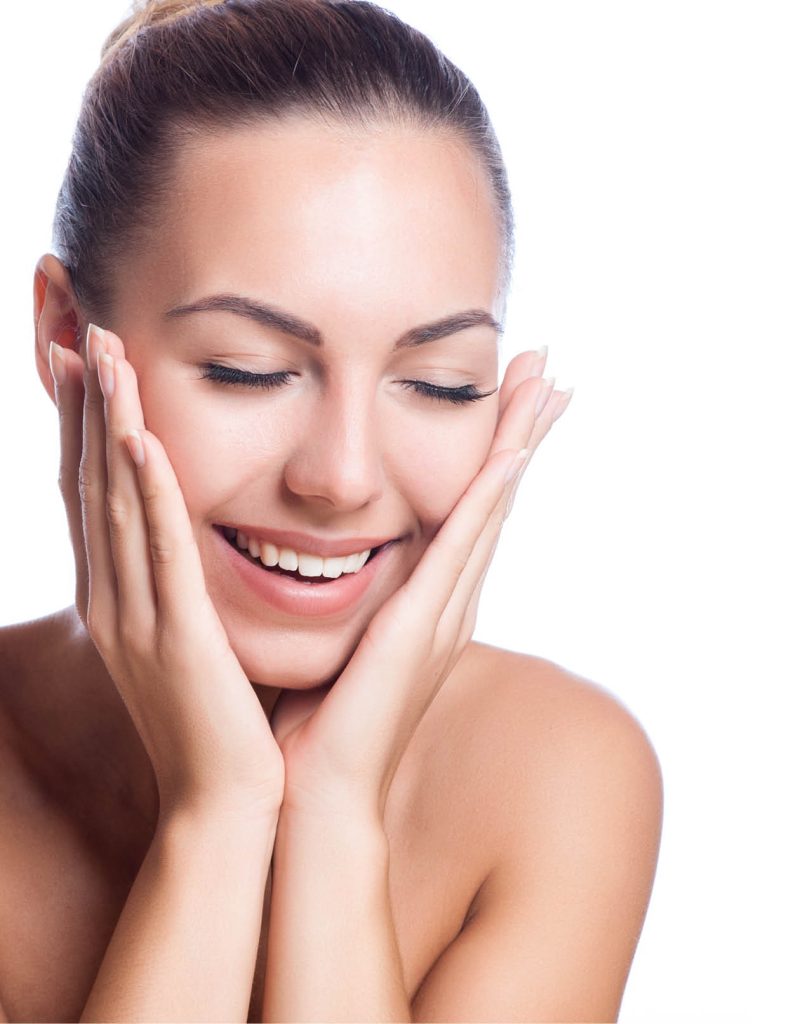 Pimples. Zits. Blackheads. These are not just the tormentors of teens. Today, people in their 20s, 30s, 40s, and beyond—even those with a silky smooth complexion in high school—are pimple popping, zit blasting, and even skin scrubbing their way to a clearer complexion.
Pimples. Zits. Blackheads. These are not just the tormentors of teens. Today, people in their 20s, 30s, 40s, and beyond—even those with a silky smooth complexion in high school—are pimple popping, zit blasting, and even skin scrubbing their way to a clearer complexion.
However, waging such a seemingly gratifying war on your face could be totally counterproductive. In fact, you may just be creating even more pesky pustules of pestilence. Ugh!
“When you ‘zap’ zits, ‘fight blemishes,’ and use high concentrations of pharmaceuticals, you are really beating up your skin,” said Penny Kjellberg, co-owner of the Simone France Classic French Skincare line. “So it’s no wonder shows battle fatigue by breaking out, over producing oil, and becoming red.”
Worse, acne can cause egregious emotional turmoil. Ever burst into tears or flaked on a date because you had a full-on acne attack? “ can lead to low self-esteem, avoidance of situations, and even depression,” said Dr. Alicia Cool, with Advanced Dermatology P.C. and the Center for Laser and Cosmetic Surgery in New York and New Jersey. “That’s why it’s so important to provide patients with something that’s truly effective.”
So, what can you do to combat adult acne effectively? Keep in mind not every product or treatment works for every person. A good starting point would be to visit a board-certified, experienced dermatologist. Also, try to reduce stress in your life, as stress can cause bothersome bumps, and as always, exercise more, eat whole foods, and drink plenty of water every day. Here are some key acne-fighting treatments and tips to consider:
1. Wash Your Face Religiously: Kjellberg says healthy skin requires two cleanings a day: a surface cleansing at night and a deep-pore cleanse in the morning. When cleaning, you should always wipe your skin with a soft, hygienic, and absorbent cloth to remove cleansers, masks, and makeup—any time you are removing products or impurities from your skin.
Kjellberg found a solution for her frustrating complexion in Simone France products, which she believed in so much that she became a co-owner and brand ambassador. She removes makeup at night with their Cleansing Milk and Gentle Toner, then does a refreshing cleansing and gentle exfoliation in the morning, which Simone France calls the “Sandwich.”
2. Stop Using Powders: Powder sticks in the pores and is difficult to remove, so it remains there to clog and enlarge them. Bacteria thrive in clogged pores, which causes blemishes. Additionally, powder dries out your skin to give you that “matte” finish, which isn’t good. “Skin is a body organ, naturally designed to heal itself, so when you dry out the surface of your skin, your body’s natural response is to try to fix the problem,” Kjellberg explained. “It does this by producing more oil. You respond with more drying products and the cycle continues.” If you feel you need coverage for your face, try a light, oil-based liquid foundation.
“There is no magic bullet that will cure acne, and not every treatment will work for every individual,” Dr. Cool said, “but with a combination of therapies and an understanding that the process will take time, virtually every case of acne can be controlled.”
3. Clean Your Brushes: Think about it. If you don’t clean your make-up brushes or puffs after each use, you end up re-applying the previous day’s makeup, oil, and impurities. “This isn’t good for anyone, but definitely is a recipe for disaster for anyone with acne or acne-prone skin,” Kjellberg warned.
4. Avoid Some Foods: Dr. Jeremy Fenton from Schweiger Dermatology Group (SchweigerDerm.com) said recent studies over the last five years may indicate that dairy can cause problems with acne. “Dairy’s impact on acne can come from a variety of mechanisms,” he said, including hormones found in milk and the inflammatory properties of dairy. He suggests getting calcium from foods such as kale, canned salmon, almonds, sesame seeds, tofu, broccoli, or even supplements. He also suggests avoiding high glycemic foods, refined flour, sweets, and saturated and trans fats.
5. Apply a Topical: If you don’t overuse them, over-the-counter and prescription-strength products containing salicylic acid or benzoyl peroxide can tackle bacteria and clear pores.
“Other topical medications include prescription creams, gels, or lotions containing retinoids, which are derivatives of vitamin A and work to unplug pores and shed dead skin cells; and gels containing dapsone, which helps fight inflammation,” said Dr. Cool. “These are often used in combination.”
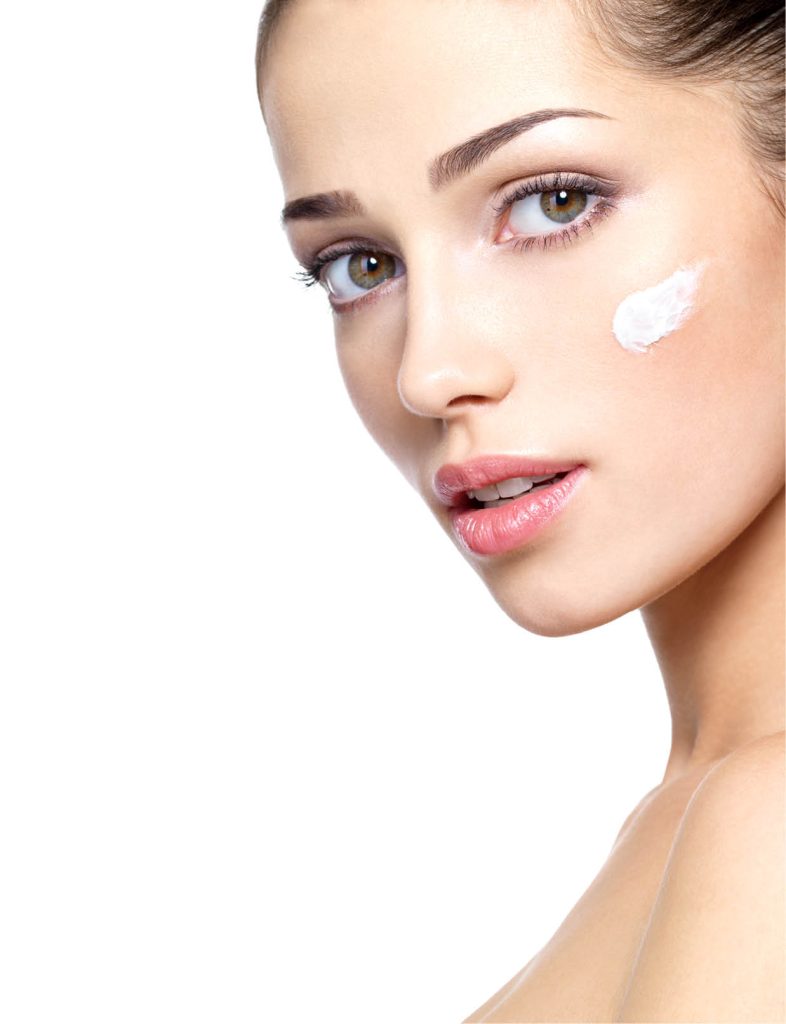 6. Light It Up: There are a number of lasers that can help with acne. One is photodynamic therapy. According to Weill-Cornell-trained and board-certified medical and cosmetic dermatologist Dr. Christine Choi Kim, this therapy is an in-office procedure where aminolevulinic acid is applied to the skin, and after an incubation period, the patient is exposed to a laser or light source. “Multiple sessions are required, but over time these treatments can accelerate improvement and help to control acne, especially in patients who do not want to take pills or systemic medication,” she said.
6. Light It Up: There are a number of lasers that can help with acne. One is photodynamic therapy. According to Weill-Cornell-trained and board-certified medical and cosmetic dermatologist Dr. Christine Choi Kim, this therapy is an in-office procedure where aminolevulinic acid is applied to the skin, and after an incubation period, the patient is exposed to a laser or light source. “Multiple sessions are required, but over time these treatments can accelerate improvement and help to control acne, especially in patients who do not want to take pills or systemic medication,” she said.
7. Medicate It: In severe acne cases, a dermatologist might prescribe isotretinoin (also known as Accutane). Isotretinoin, which has anti-inflammatory properties, works to reduce oil production in the skin while shrinking the size of the pores. It has been proven very effective at treating all causes of acne after one course of treatment (which takes about four to six months). However, females must be on birth control to take this medication as it can cause severe birth defects. Other side effects for users include dry mouth, nosebleeds, muscle aches, and thinning hair.
Pimple 911
If you have a job interview or it’s your wedding day and you’ve got a major pimple emergency, here are some pimple-proofing steps from Advanced Dermatology:
- Do NOT pop, pick, squeeze, or scratch the pimple or use aspirin, toothpaste, or other home remedies that aren’t formulated for your skin.
- Wrap an ice cube in a soft cloth and apply gently to the affected area for 20-30 seconds at a time.
- Apply an over-the-counter acne preparation that contains benzoyl peroxide or salicylic acid, which kill the bacteria that cause pimples.
- Apply an over-the-counter hydrocortisone cream that contains 1 percent hydrocortisone.
- Use eye drops formulated to reduce redness (apply with a cotton swab).
- Conceal the blemish with a heavy-duty cosmetic concealer.
What Is Acne Exactly?
According to Dr. Cool, the groundwork for acne is laid when the sebaceous glands overproduce the oil (sebum) that normally lubricates the skin. The excess oil combines with dead skin cells that are usually sloughed off to clog the pores, creating an environment in which bacteria thrive. The clogged pore may result in a whitehead, or if the pore is open to the air, a blackhead. If bacteria infect the pore, inflammation results causing a pimple, or—if the blockage and inflammation occur at a deeper level—a cyst-like lump under the skin.
Got Scars?
If you’ve been dealing with acne for a while and have developed scars because of it, there is a unique treatment that can help. It’s called EndyMed Intensif, and it uses microneedling with radio frequency to combat acne scars (and reduce wrinkles). Each 30 to 45 minute treatment triggers the body’s natural healing process and boosts skin rejuvenation by reviving collagen and elastin production in all skin types. “The results are long-lasting, meaning that the body continues to rejuvenate collagen, and results gradually increase to a maximum visible effect at 3 to 6 months after the last treatment is done,” said Dr. Michael H. Gold, the founder and medical director of Gold Skin Care Center, Advanced Aesthetics Medical Spa, The Laser & Rejuvenation Center, and Tennessee Clinical Research Center in Nashville.
By LaRue Gillespie
